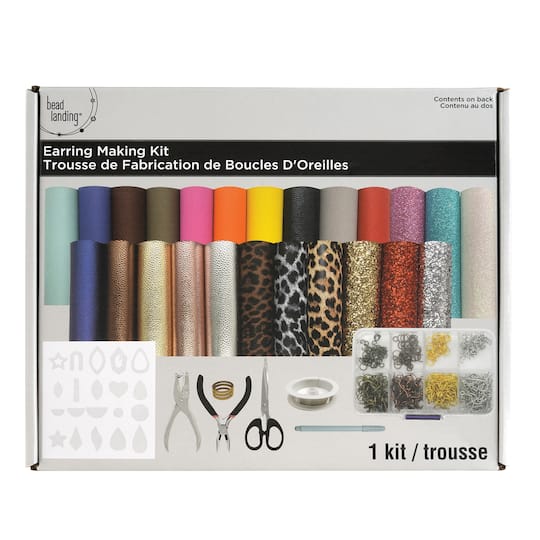 Savings. Shopping.
Savings. Shopping.Get Checkmate
Borneo Giant Elephant Ear - Alocasia macrorrhiza Elephant ear - Huge ELEPHANT EAR Taro- Small Rooted Plants 3 to 5 inch tall
How to Plant Elephant Ear Tubers:
Plant elephant ear bulbs outside after all danger of frost has passed and daytime temperatures remain above 70 degrees. Elephant Ears are tropical plants and cannot tolerate any frost. They only emerge when the soil is warm.
Select a location in full sun or part sun with a good, rich, moist, organic soil.
Prepare the bed for elephant ears by turning the soil under to a depth of 8 inches. Then, level with a rake to remove clumps of grass and stones.
Most elephant ear plants respond well to soils amended with organic matter. Compost is a wonderful form of organic matter with a good balance of nutrients and an ideal pH level, and it can be added to your planting area at any time. If compost is not available, top dress the soil after planting with 1-2 inches of organic mulch, which will begin to breakdown into compost. After the growing season, a soil test will indicate what soil amendments are needed for the following season.
Plant elephant ear bulbs 2-4 feet apart. Plant so the growing tip is up.
Dig a hole so that the top of the bulb is 4 inches deeper than the soil line. Cover with 4 inches of soil.
Tubers may be started inside 6-8 weeks before all danger of frost has passed. Plant the tubers individually in 6 inch pots using a good quality potting soil or seed starting soil. They require a warm soil in order to emerge so consider using a heat mat.
Planting Potted Elephant Ear Plants in the Garden:
Select a location in full or part sun with quality soil that is moist, rich, and organic.
To properly prepare the bed for growing elephant ears, start by turning the soil under to a depth of 8 inches. After, level the soil with a rake to remove clumps of grass and stones.
Again, most elehpant ear plants respond well to soils amended with organic matter. Compost is a nurtient rich form of organic matter that has an ideal pH level, and can be added to your planting area at any time. If compost is not available in your area, then top dress the soil after planting with 1-2 inches of organic mulch, which will breakdown into compost over time. After the growing season, you can test the soil to find out what amendments are needed for the following season.
Plants should stand 2-4 feet apart in the garden.
Dig a hole for each plant large enough to amply acommodate the root ball.
Set level with or a little deeper than the surrounding soil. Fill with soil to the top of the root ball. Press soil down firmly with your hand leaving a slight depression around the plant to hold water.
Water thoroughly, so that a puddle forms in the saucer you have created. This settles the plants in, drives out air pockets and results in good root-to-soil contact.
Use the plant tag as a location marker.
Save on Borneo Giant Elephant Ear - Alocasia macrorrhiza Elephant ear - Huge ELEPHANT EAR Taro- Small Rooted Plants with a Etsy promo code
Checkmate is a savings app with over one million users that have saved $$$ on brands like Etsy.
The Checkmate extension automatically applies Etsy discount codes, Etsy coupons and more to give you discounts on products like Borneo Giant Elephant Ear - Alocasia macrorrhiza Elephant ear - Huge ELEPHANT EAR Taro- Small Rooted Plants.
Checkmate users have also been loving these products from Etsy.
Users have been saving products like this to their collections.

















